This spring, five creative practitioners will go behind the scenes with Stochastic and the Innovative Genomics Institute to engage with one of the most critical technologies of our times, CRISPR…
Meet the Artists
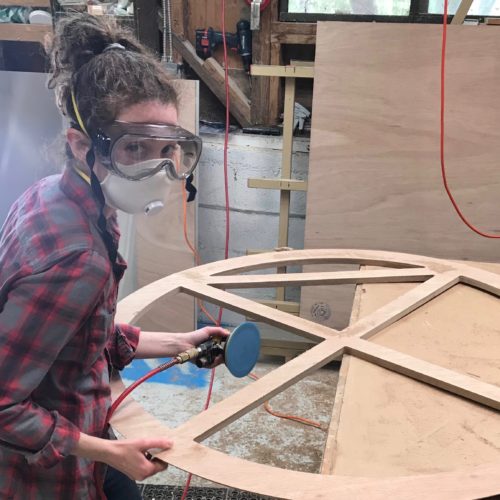
During the CRISPR (un) commons residency, Kate is creating a series of paintings depicting plant embryos whose genome she has edited using CRISPR-Cas9. The form of these circular paintings recalls the petri dishes in which these embryos grow. Presented horizontally, these paintings also suggest dark pools of water in which indiscernible, body-like forms glow as if lit from within.
“Without knowing the subject of this work, we might imagine we’re looking into our primordial past. (In fact, the series takes its title from the opening lines of Ovid’s creation story.) Yet, told that we are beholding the products of CRISPR, we instead imagine that we’re peering in the future—at which point, these paintings begin to function like the divination pools of old, reflecting back to us our innermost desires and fears.
The press presents CRISPR as new and futuristic, but the bacterial defense system it comes from is ancient. Moreover, the creative powers CRISPR promises are the stuff of our oldest stories—the prospect of transcending our corruptible flesh, and of participating in the creation of life (and the life-like.) These paintings speak to this longer view, and, in doing so, give us the sense that we are witnessing something at once very old—and very much in the act of becoming.”
- Kate Nichols, 2019

Andy’s latest exhibits include MoMA (Museum of Modern Art), TED, and The Royal Opera House. He has been featured in documentaries by National Geographic and Vice, and is a recipient of the Lincoln prize.
During the CRISPR (un) commons residency Andy is collaborating with Alison Irvine to explore the emergence and potential applications of genetic engineering technologies as well as their ethical and social implications. In Other Mother, the team considers how CRISPR-Cas9 connects something as fundamentally human as the concept of memory to the simplest of single-celled organisms, and how recurrent neural networks might reinterpret these data inputs to shed light on what it means to be human.
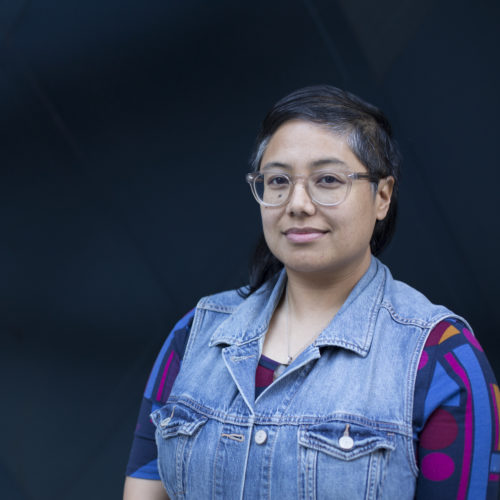
Dorothy’s writing has appeared in art21, Art Practical, Rhizome, Hyperallergic, Ars Technica, Vice Motherboard, and SF MOMA’s Open Space. In 2017, her essay “Materiality to Machines: Manufacturing the Organic and Hypotheses for Future Imaginings,” was published in The Routledge Companion to Biology in Art and Architecture.
Dorothy currently serves as co-curator for REFRESH (a curatorial collective in partnership with Eyebeam), program manager for the Processing Foundation, and host for the podcast PRNT SCRN produced by Art Practical.
A San Francisco native, Dorothy received her Master’s degree in Visual and Critical Studies at the California College of the Arts and is currently a Eugene V. Cota-Robles fellow in Film and Digital Media at the University of California, Santa Cruz, where she is pursuing her doctorate.
During the CRISPR (un) commons residency, Dorothy is creating an interactive media piece inspired by hypertext fiction. Press 1 to Be Connected posits interactive voice response systems (phone trees) as narrative interface for a speculative fiction work that explores themes of agency, knowledge production (and dissemination), and systems of care. Participants will follow branching and intersecting storylines through character interactions, conceptions, and beliefs around CRISPR-Cas9 and gene editing -- all drawing on the artist’s interactions with scientists at the Innovative Genomics Institute.
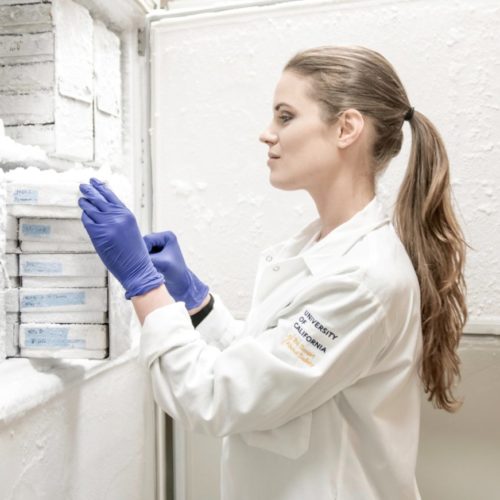
A graduate of Eugene Lang College at the New School for Liberal Arts, Alison has studied political theater at The Freie Universität in Berlin and received the Hunt Fellowship for her theatrical work on the emergence of new biotechnologies and their implications in the context of social and economic inequities.
During the CRISPR (un) commons residency Alison is collaborating with Andy Cavatorta to explore the emergence and potential applications of genetic engineering technologies as well as their ethical and social implications. In Other Mother, the team considers how CRISPR-Cas9 connects something as fundamentally human as the concept of memory to the simplest of single-celled organisms, and how recurrent neural networks might reinterpret these data inputs to shed light on what it means to be human.
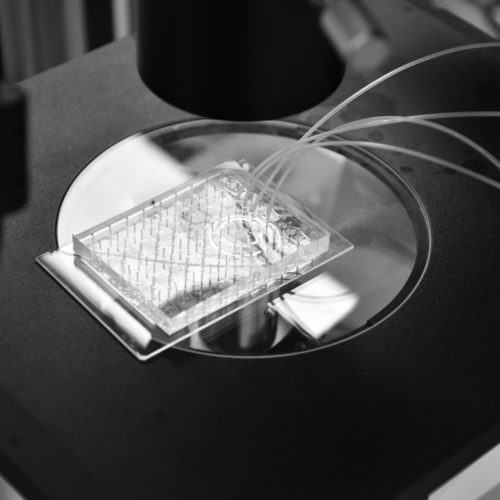
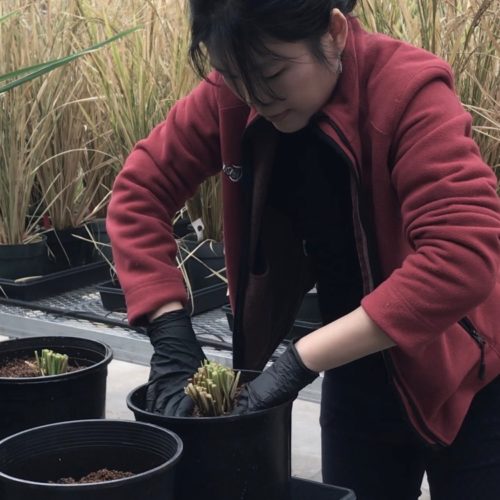
During the CRISPR (un) commons residency, Sheng-Ying is developing CRISPaper: paper made from CRISPR-altered crops. CRISPaper revisits the ancient craft of paper-making in light of current bioengineering techniques such as Baby Boom 1 (BBM1), which is being introduced to meiosis-disabled rice egg cells in order to make the asexual reproduction of rice possible. In CRISPaper, a modern innovation from western laboratories encounters traditional eastern culture and a discovery first disclosed via academic ``paper``-publishing reveals itself, embodied, through the poetic art of paper-crafting.
“As the technology in CRISPR-altered crops currently aims for sustainable agriculture for the developing world, what does sustainable really mean in life or in daily materials as fragile as paper that ultimately come to an end?”
-Sheng-Ying Pao, 2019